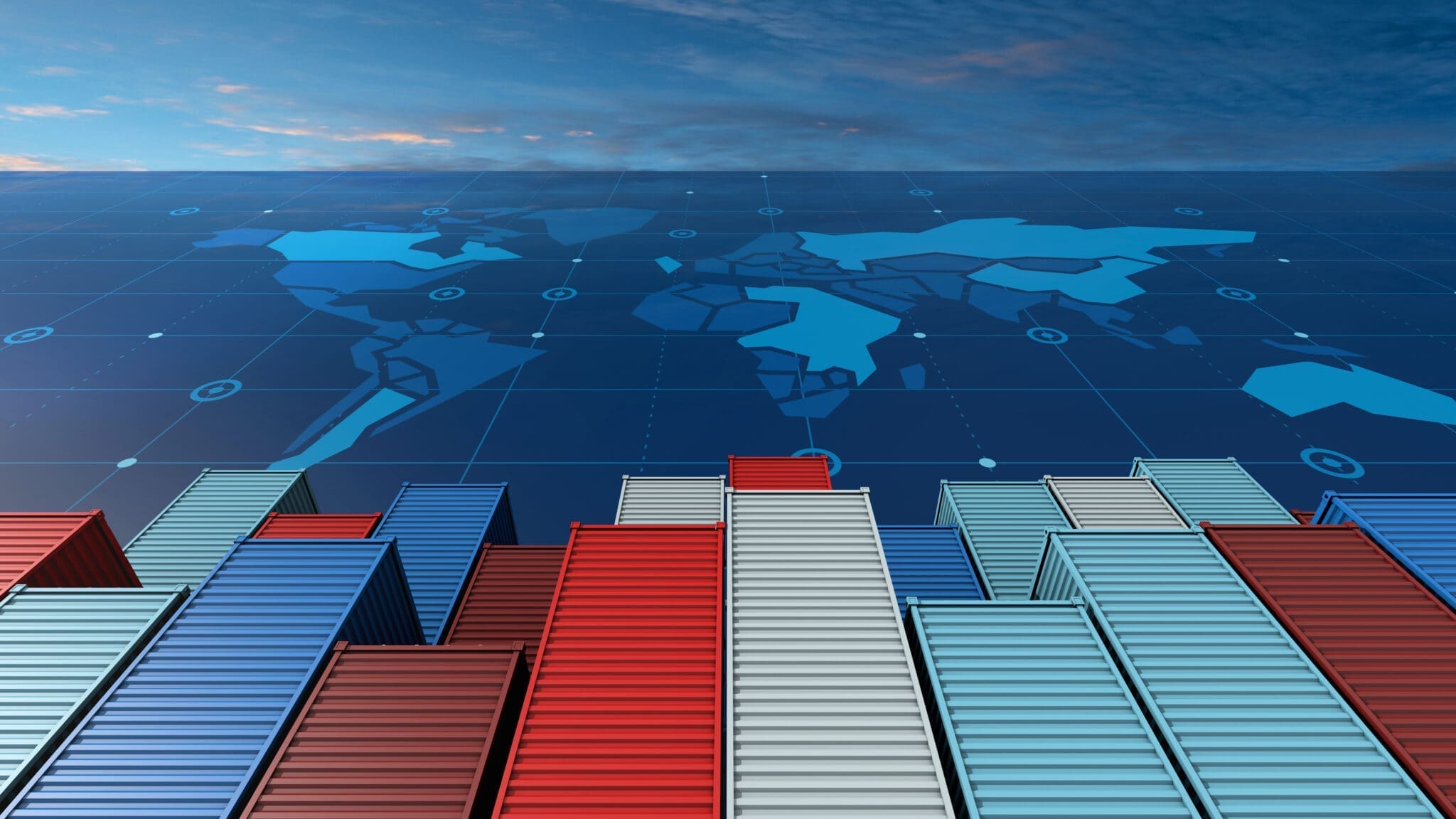Supply chain risk management for new mega-risks.
The spread of Covid-19 and the Australian bushfire crisis are extreme examples of how local events can quickly become large-scale emergencies. It is often the unexpected nature of these events that makes trying to control the human and economic damage so difficult.
Date: 10 March 2020 | Time to read: 5 minutes
Large-scale disasters of this kind have been felt in every part of the world and have a significant impact on the economy. In our own Technology and Manufacturing community, we have at least one supplier in 72 different countries. Global supply chains mean that people unconnected to the original event often still experience economic damage and disruption.
These new mega-risks are characterised as extreme, systemic risks that result from human action rather than purely natural hazards. They present a serious challenge for procurement teams looking to protect their companies from major supply chain disruption. Is it possible to have an effective plan B in place for every contingency?
A terrible toll
As the lockdown in China continues to affect numerous cities and tens of millions of people, and with an estimated, 10 million hectares of Australia burned or burning – the global economy faces potential supply chain disruption risks on an unprecedented scale.
In China, the efforts to contain the spread of the virus are affecting businesses both local and international. Companies in Shanghai were instructed to cease operating for two weeks and were not allowed resume work until 9 Feb. Meanwhile, Suzhou postponed the return of millions of migrant labourers for a week. The region’s role as an important manufacturing hub for companies like Apple, Foxconn, John & Johnson and Samsung means the effects of any disruption quickly impact the global economy. In our Technology and Manufacturing community, 21% of buyer budgets are spent with key suppliers based in China.
Many global companies are advising investors and customers to expect supply chain disruption. Toyota has actively halted production activities in the affected regions and restricting employee travel. Hyundai has stopped production in South Korea, citing a component shortage caused by the outbreak.
Measuring the potential impacts
“While production-related challenges may be overcome in the coming weeks, limited inbound and outbound capacity could become the biggest obstacle in the months of March and April for supply chains to normalize”, DHL Resilience360. For procurement teams looking to create effective supply chain risk management strategies, planning for large-scale events is becoming a greater priority. The potential economic impacts of natural disasters and climate change were highlighted in the World Economic Forum (WEF) Global Risks Report 2020. The increased heat stress caused by global warming could result in productivity losses equating to 80 million full-time jobs in 2030. We are, however, already beginning to see significant effects. The report estimates that the worldwide economic stress and damage from natural disasters in 2018 was around US$165 billion, with half of these uninsured. We also see this trend in our northern and central European utilities community (UNCE) with 50% of those suppliers reporting that they have pollution and environmental damage insurance.
While similar events, such as the SARS outbreak in 2003 can provide clear lessons, supply chains and economies are much more globalised today. China occupies a hugely significant role in the global economy, making up more than twice the share of global merchandise exports it did in 2003. Guangdong province alone exported more in 2018 than all of China did 17 years ago.
Even a temporary dip in Chinese GDP would have huge effects, as would falls in retail sales or international travel (the US government has now issued a formal warning to avoid all travel to China). The Chinese government-backed Chinese Academy of Social Sciences estimates that the outbreak could result in a growth rate below 5% for the first three months of 2020.
So, what role do procurement teams have in identifying and mitigating supply chain disruption risks like those unfolding in China and Australia?
The importance of having a plan B
Without supply chain visibility and transparency, contingency planning becomes little more than educated guesswork. Our research shows that only 44% of the supply chain disruption that buyers experience originates at tier 1.
When developing risk models, buyers need to make sure they are basing them on regulations, industry needs and the flow of goods and services. This allows suppliers to be scored based on the risk they pose, and the riskiest can be asked to provide extra assurance that they have the capacity to cope with sudden disruption, increased compliance or CSR issues. High-risk suppliers can then be tracked so that buyers are able to react quickly to changes, either by adapting their business continuity plans or finding alternative sources as a backup. The costs of getting caught out can be severe. In China, air freight fell by 50% and there is a backlog of shipping on the Yangtze River. Companies that do not have alternate suppliers for raw materials and components are likely to be significantly affected by these delays, especially if they continue.
An important part of supply chain risk management is communicating with suppliers. This is even more important in times of crisis. Adapting to new situations together is the best way for everyone to limit the damage. When getting lead times from suppliers, buyers should check that they have looked at their entire supply chain to make sure there are no issues. Are enhanced security screenings at airports, seaports and border crossings going to result in delays? If so, how much supply chain disruption could this create?
Building stronger, more secure and more sustainable supply chains is essential to being able to adapt to a changing world. Procurement teams have an important role to play in making sure that their companies are prepared for the evolving risks and challenges that global supply chains will face in the coming decades. To do this effectively, they are going to need a full suite of tailored supply chain risk management tools at their disposal.


